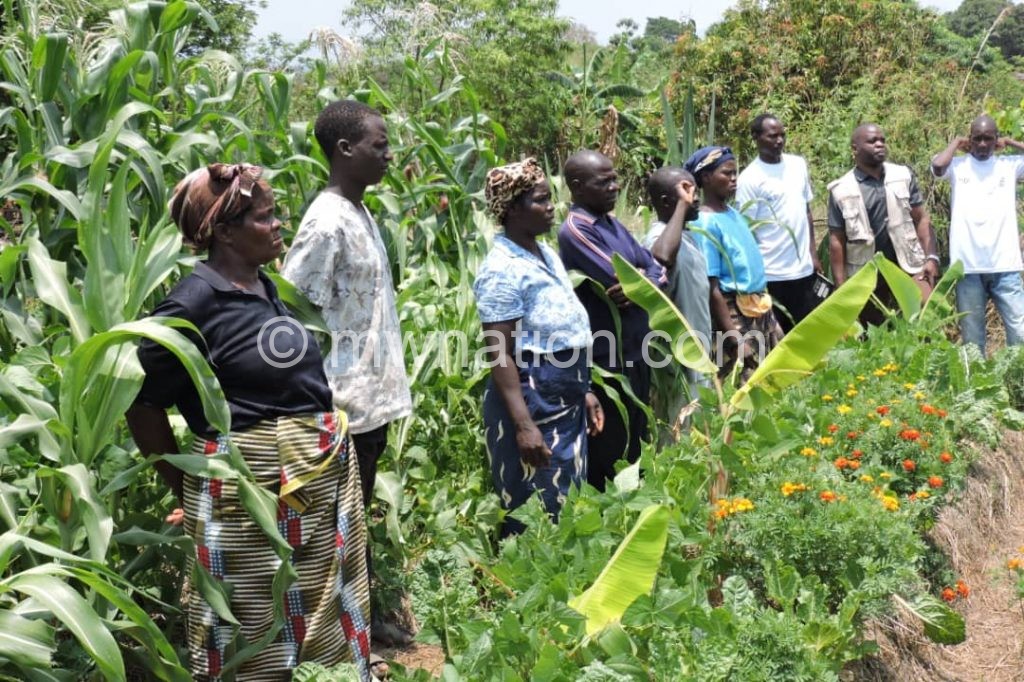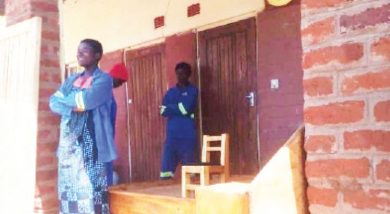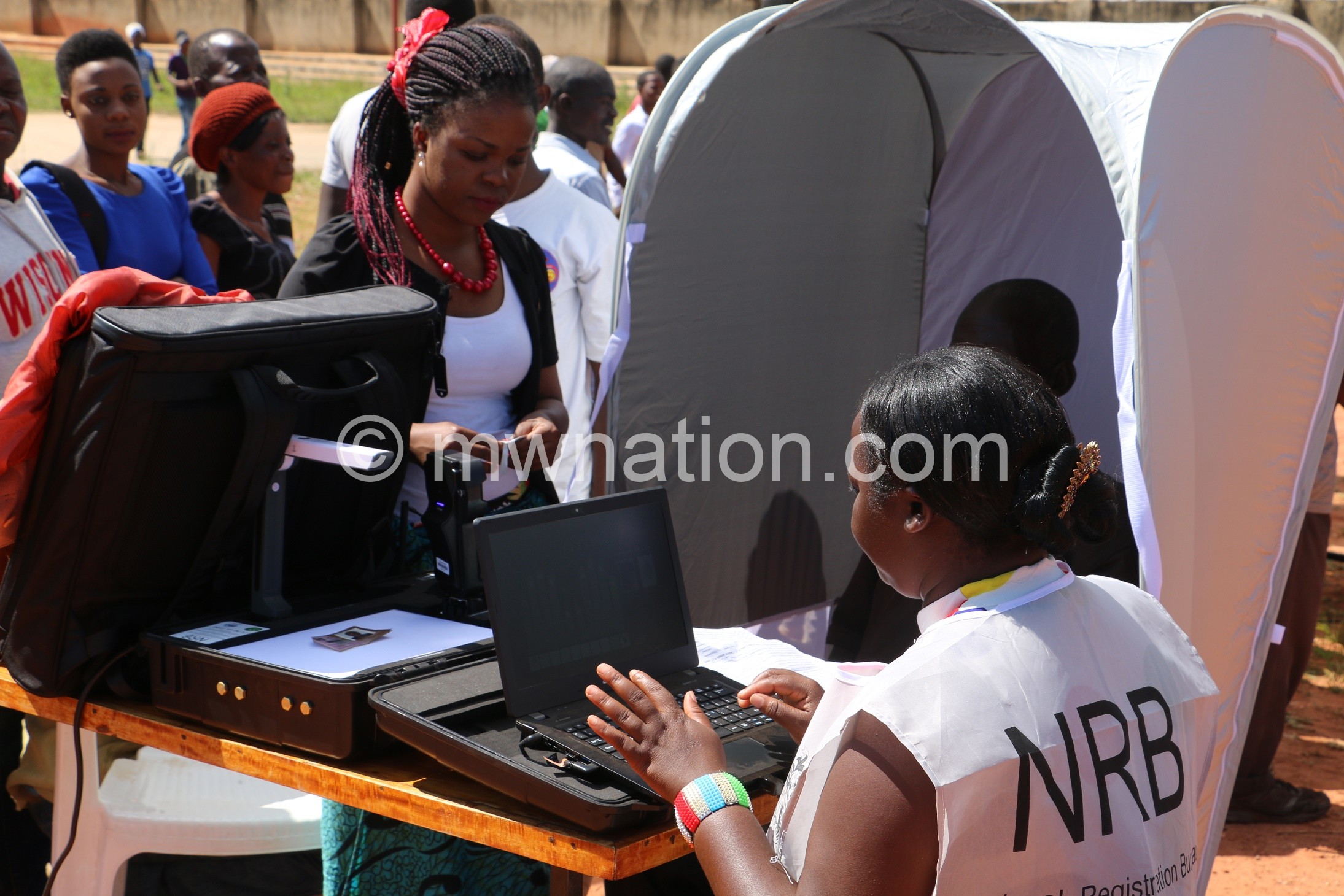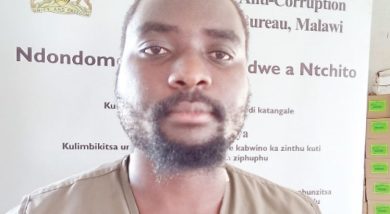Project helps reduce malnutrition in LL

Malnutrition cases have dropped from 332 in 2017 to 54 this year in Malingunde area, Traditional Authority (T/A) Masumbankhunda, thanks to an ongoing initiative by Hope ministries international (Homi).
With financial support from Overseas Economic Development Initiative (OEDI), Homi is carrying out its indigenous farming activities by promoting inter-cropping and conservation agriculture using lead farmers.
The farming activities are being undertaken in three districts of Lilongwe, Dowa and Blantyre where over 120 farming households are benefiting from the project.
During an intercropping and conservation field day held on Saturday in Malingunde, under Group Village Headman Mwabwera, Agriculture Extension Development Officer in the area Alexander Zulu attested that most households are now producing enough food for both consumption and commercial, all year round, following an initiative by Homi.
Said Zulu: “We started this program in 2017 with a few farmers here in Malingunde EPA [Extension Planning Area] with assistance from Hope Ministries .So far, records show that we have most of the beneficiary households have embraced intercropping system and conservation agriculture. Because of this, we have seen a reduction in malnutrition
cases from 332 in 2017 to 54 this year as most households have access to balanced food.”
One of the lead farmers under the project Alinafe Chiwoza concurred with Zulu, stressing that his family has hugely improved in food security over the years, adding that they no longer spend money to buy vegetables as they are able to produce on their own.
Speaking separately, one of the board members for the Homi Pike Ng’oma said their project is aiming at improving families with nutritional food values, improving social and economic well-being of farming families while also combating climate change N’goma said under their arrangement, a diversity of crops are planted in the same plot and benefit from each other, thus sharing of nutrients and also protecting each other from pests and diseases “as their odours confuse and repel insect pests.”
He said: “The indigenous farming uses raised beds with tied ridges which harvests 100 percent of rainfall for the plant growth, and the plants use the available moistures even during droughts. These beds last for years. Mulching is also a major component in the project as it protects the crops from direct heat and also acts as a source of manure for the crops which are grown in mixed cropping style.”
On her part, executive director for Homi Jessica Kalanje was over moon, saying the initiative is achieving its overall mission of fighting hunger and poverty.
Taking his turn, Group village headman Mwabwera was all praises, thanking Homi for their support in his area under jurisdiction which he said has boosted the livelihood for over 22,000 farmers in the area.
The field day was held under the theme: “Enhancing indigenous agriculture technologies and crop association to reduce the impact of climate change.”





